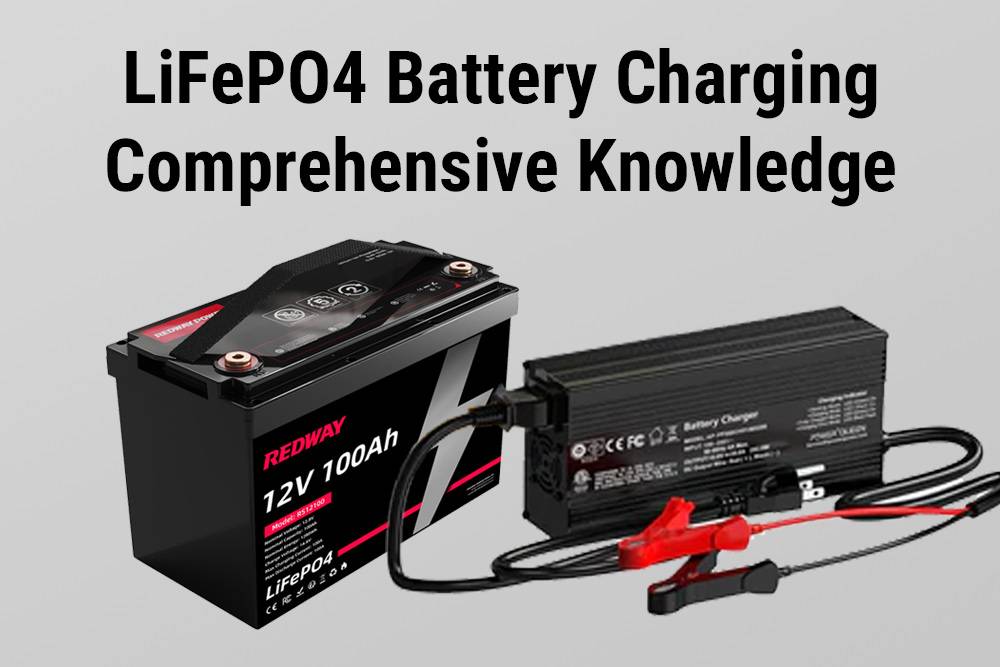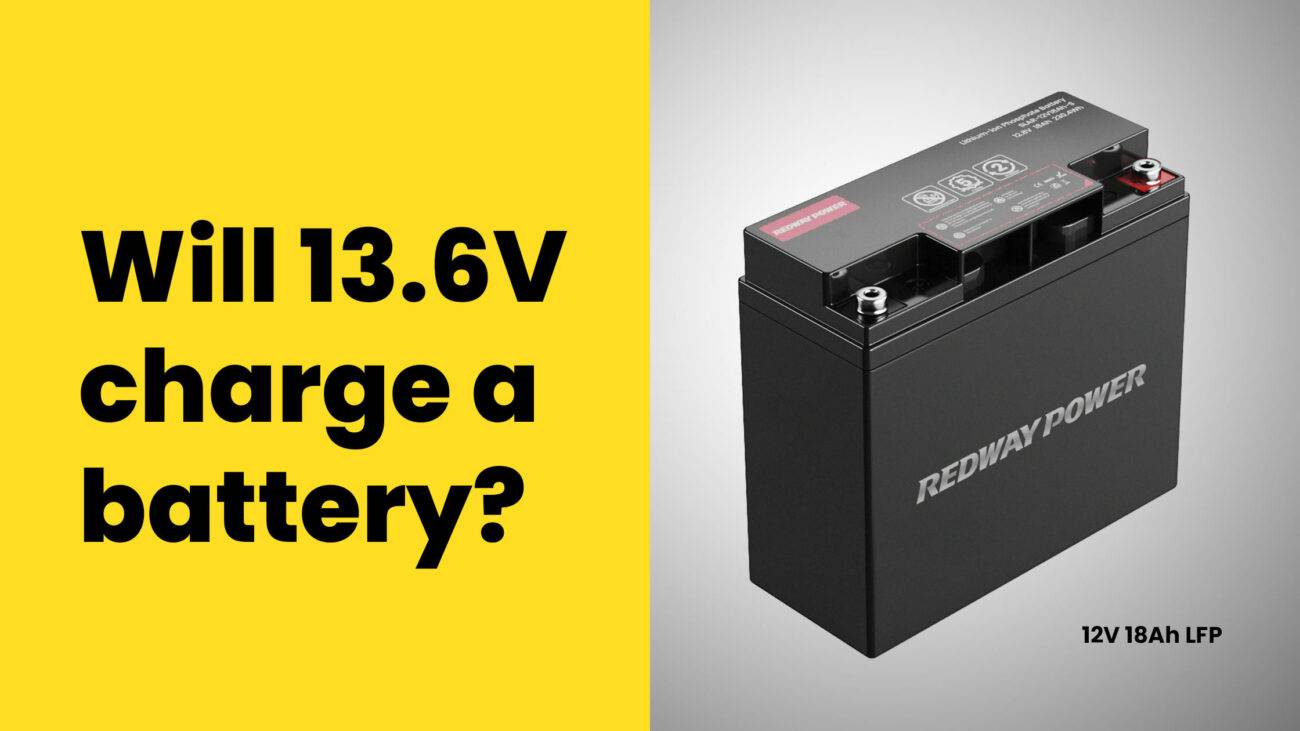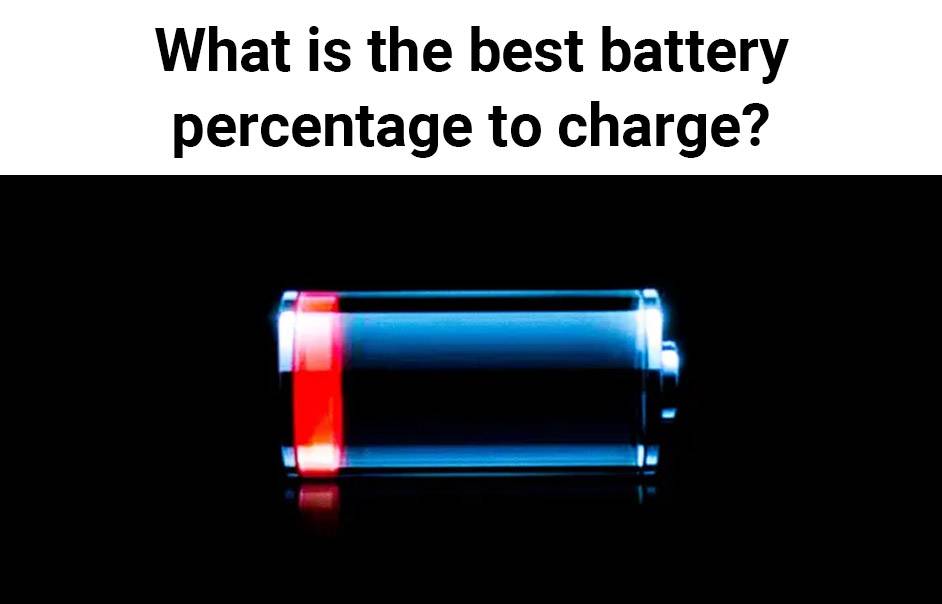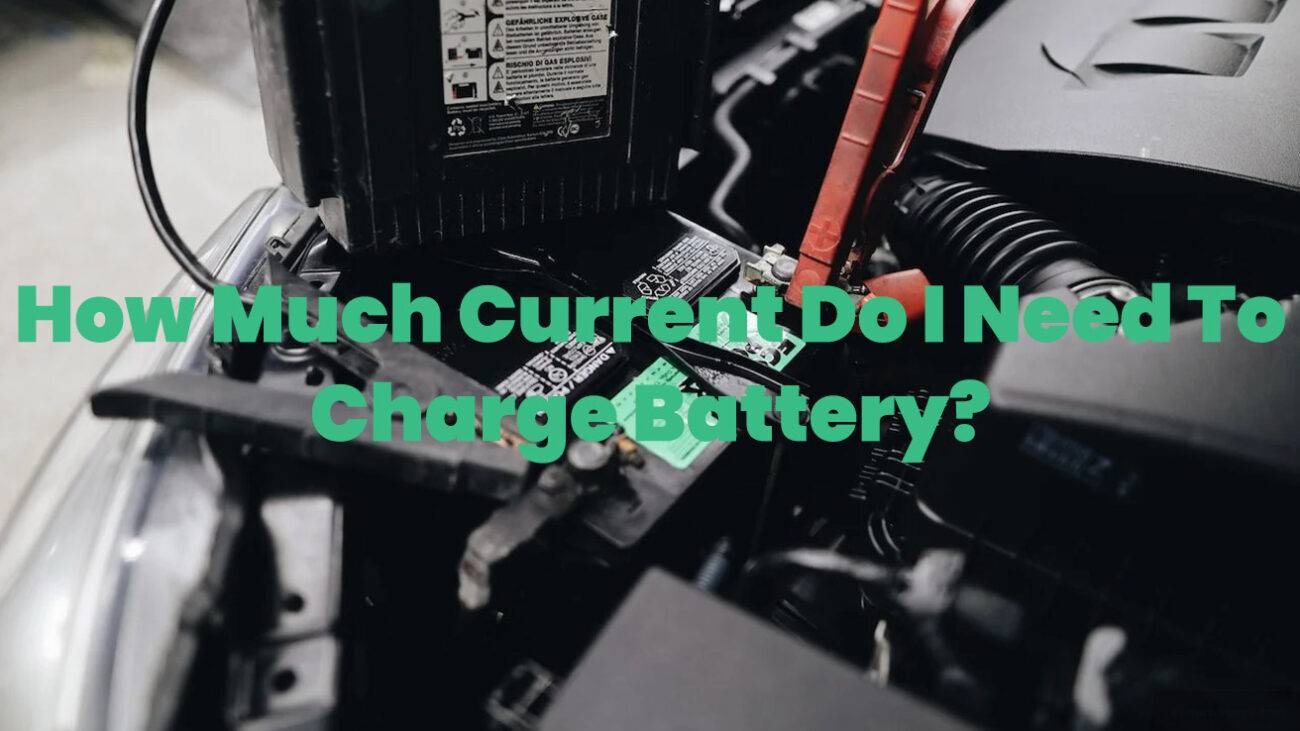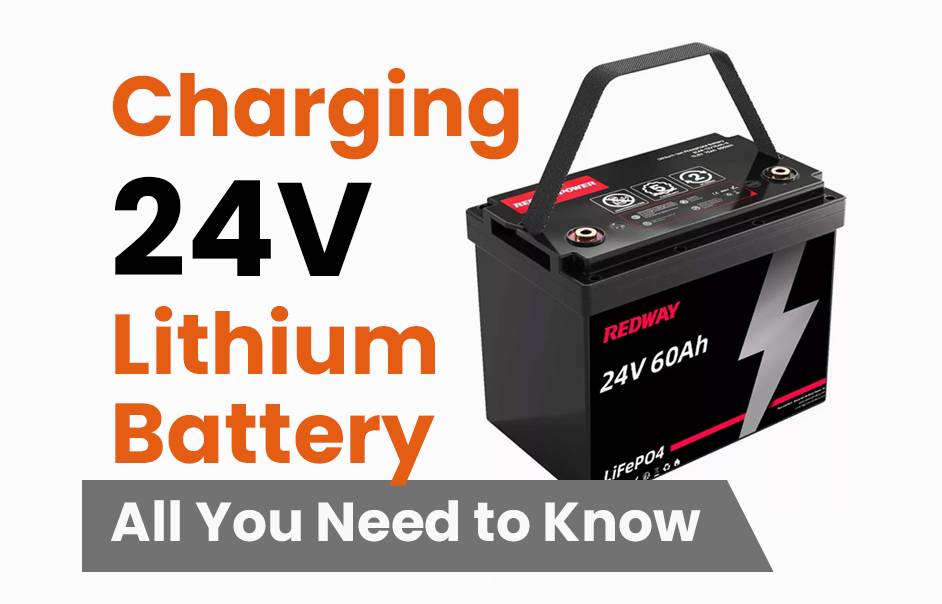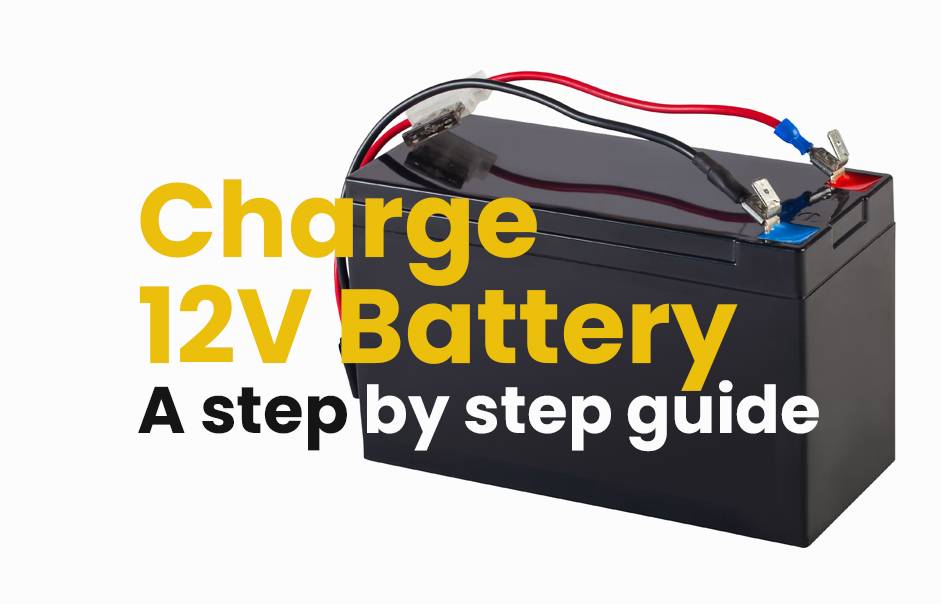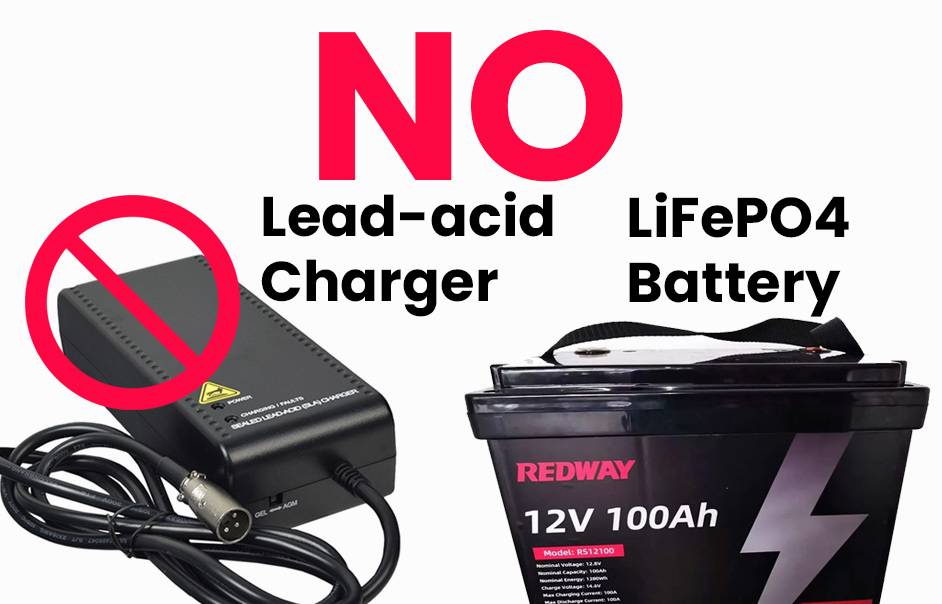Charging a LiFePO4 (Lithium Iron Phosphate) battery is a straightforward process, but it requires some precautions to ensure safety and longevity. Unlike traditional lead-acid batteries, LiFePO4 batteries have different charging characteristics that must be considered.
LiFePO4 Battery Charging Principles
A. Charging Voltage and Current Requirements
LiFePO4 batteries have specific voltage and current requirements for optimal charging. Exceeding these parameters can lead to overcharging or undercharging, compromising battery performance and safety.
B. Optimal Charging Conditions
Ideal charging conditions involve maintaining voltage and current within prescribed limits, typically controlled by a dedicated charging system or charger. Temperature also plays a critical role, with elevated temperatures affecting battery health.
C. Importance of Proper Charging
Proper charging is essential for maximizing battery lifespan, energy efficiency, and safety. It ensures uniform ion distribution, minimizes degradation, and prevents issues like thermal runaway.
Types of Chargers forLiFePO4 Batteries
Dedicated LiFePO4 Battery Chargers
Specialized chargers for LiFePO4 batteries are designed to deliver the correct charging voltage and current for optimal battery performance and longevity. These chargers typically use sophisticated charging algorithms to ensure safe and efficient charging, preventing overcharging or undercharging, which can damage the battery.
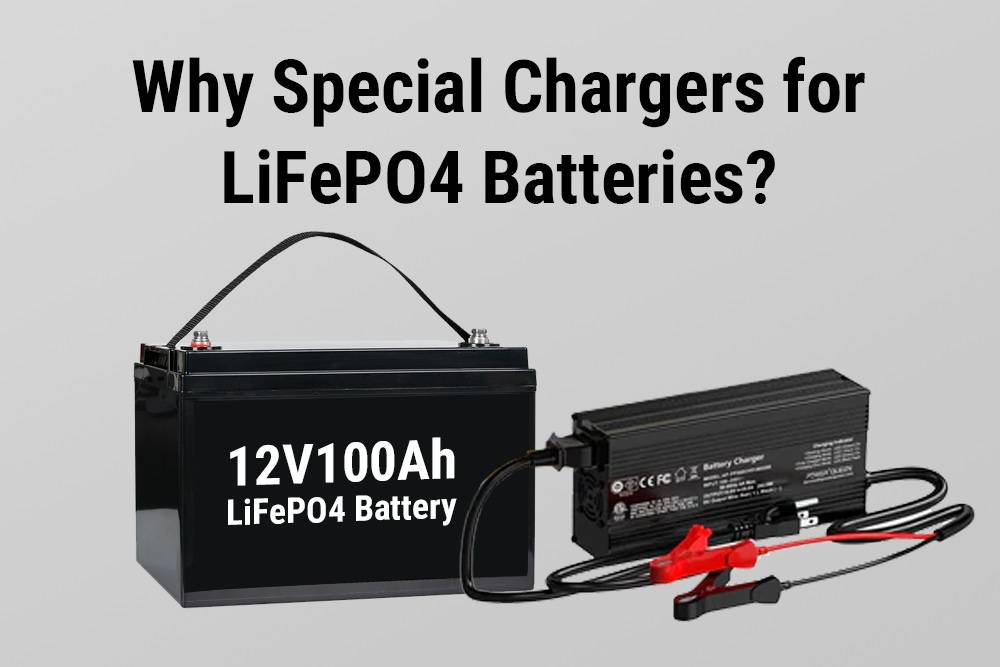
Compatibility with Other Charger Types
While LiFePO4 batteries can be charged with compatible chargers, using dedicated chargers is recommended to avoid compatibility issues and optimize performance.
Considerations for Charging Infrastructure
Factors like charging location, power source stability, and charging duration influence the choice of charging infrastructure. Investing in reliable charging equipment is crucial for consistent performance.
How to Charge? Step by Step
A. Preparing the Battery for Charging Ensure the battery is in good condition, clean, and free from contaminants before charging. Verify the compatibility of the charger and battery, and inspect for any visible damage.
B. Connecting the Charger Follow manufacturer instructions for connecting the charger to the battery, ensuring proper polarity and secure connections. Use insulated tools and handle with care to prevent damage.
C. Monitoring the Charging Process Regularly monitor the charging process, observing voltage, current, and temperature readings. Interrupt charging if abnormal conditions are detected and investigate potential causes.
D. Charging Safety Measures Implement safety measures like charging in well-ventilated areas, avoiding overcharging, and using protective gear when handling batteries. Familiarize yourself with emergency procedures and response protocols.
Charging Best Practices
A. Regular Maintenance Tips Perform periodic maintenance tasks like cleaning terminals, inspecting for leaks or damage, and verifying charger functionality. Address any issues promptly to prevent deterioration.
B. Maximizing Battery Lifespan Adopt strategies to maximize battery lifespan, such as avoiding deep discharges, minimizing exposure to high temperatures, and adhering to recommended charging protocols.
C. Avoiding Common Charging Mistakes Educate yourself on common charging mistakes like overcharging, undercharging, and improper storage practices. Take proactive measures to prevent these errors and preserve battery health.
Troubleshooting Charging Issues
A. Identifying Common Charging Problems Familiarize yourself with common charging issues like voltage fluctuations, charger malfunctions, and battery damage indicators. Conduct systematic troubleshooting to isolate and resolve problems.
B. Steps to Resolve Charging Issues Follow a structured approach to address charging issues, starting with visual inspections and diagnostic tests. Consult manufacturer guidelines, seek technical support if needed, and implement corrective actions accordingly.
C. When to Seek Professional Assistance Recognize the limitations of DIY troubleshooting and know when to seek professional assistance. Experienced technicians can provide expert diagnosis, repair, and maintenance services to resolve complex issues.
How to Determine Proper Charging Voltages for 12V, 24V, and 48V Lithium Batteries
The proper charging voltage for lithium batteries depends on their nominal voltage and configuration. For example, a 12V lithium battery typically requires a charging voltage of around 14.4V to 14.6V, while a 24V battery may need around 29.2V to 29.6V. It’s essential to consult the manufacturer’s specifications for your specific battery to determine the correct charging voltage.
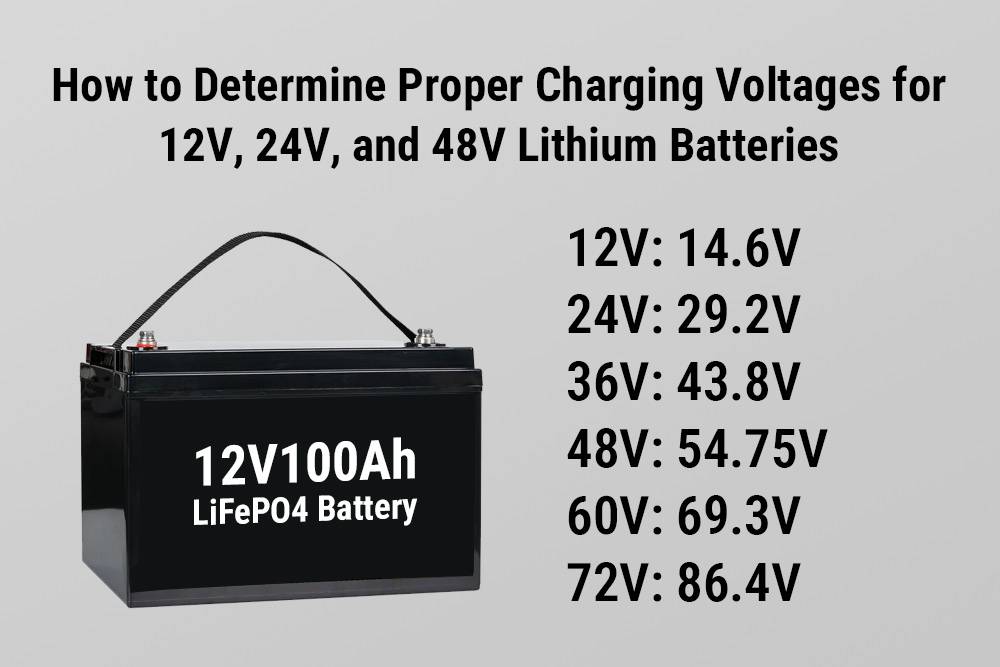
How Long Does it Take to Charge Lithium Batteries?
The charging time for lithium batteries varies depending on factors such as the battery’s capacity, charging current, and state of charge. In general, lithium batteries can be charged relatively quickly compared to lead-acid batteries, typically reaching full charge within a few hours. However, charging times may vary, so it’s essential to monitor the charging process and avoid overcharging.
In conclusion, charging LiFePO4 batteries requires careful consideration of charging voltages, currents, and methods to ensure safe and efficient operation. While it’s possible to charge lithium batteries using the alternator or multi-bank charging systems, it’s crucial to use specialized chargers designed for lithium batteries to avoid damage and ensure optimal performance. By understanding the charging process and following best practices, you can maximize the lifespan and reliability of your lithium batteries.
FAQs
What is the best way to charge a LiFePO4 battery?
The best way to charge a LiFePO4 battery is to use a dedicated LiFePO4 battery charger that is specifically designed to meet the voltage and current requirements of these batteries. Ensure that the charger is compatible with your LiFePO4 battery and follow manufacturer guidelines for optimal charging procedures.
Should I charge LiFePO4 to 100%?
Charging a LiFePO4 battery to 100% capacity is generally safe and does not harm the battery. Unlike some other battery chemistries, LiFePO4 batteries are not adversely affected by reaching full charge. However, it is essential to use a charger that terminates charging when the battery reaches full capacity to prevent overcharging.
Do you need a special charger to charge LiFePO4 battery?
While LiFePO4 batteries can be charged with compatible chargers, using a dedicated LiFePO4 battery charger is recommended. These chargers are designed to provide precise control over voltage and current parameters, ensuring safe and efficient charging without overcharging or undercharging.
How do I know if my LiFePO4 battery is fully charged?
LiFePO4 batteries typically have built-in battery management systems (BMS) that monitor charging parameters and terminate charging when the battery reaches full capacity. Some chargers also feature indicators or LED lights that signal when charging is complete. Additionally, you can use a multimeter to measure the battery voltage, which stabilizes when the battery is fully charged.
Should I charge LFP battery to 100% every day?
Charging a LiFePO4 battery to 100% every day is generally safe and does not harm the battery. LiFePO4 batteries are known for their robust cycle life and can withstand frequent charging cycles without significant degradation. However, for optimal battery health, it is essential to use a charger that terminates charging when the battery reaches full capacity and avoid prolonged overcharging.
What are the best charging parameters for LiFePO4?
The best charging parameters for LiFePO4 batteries typically include a charging voltage between 3.2V and 3.6V per cell and a maximum charging current as specified by the battery manufacturer. It is essential to adhere to these parameters to prevent overcharging, which can lead to reduced battery lifespan. Additionally, charging at moderate temperatures (between 0°C and 45°C) is recommended for optimal charging efficiency and battery performance.

